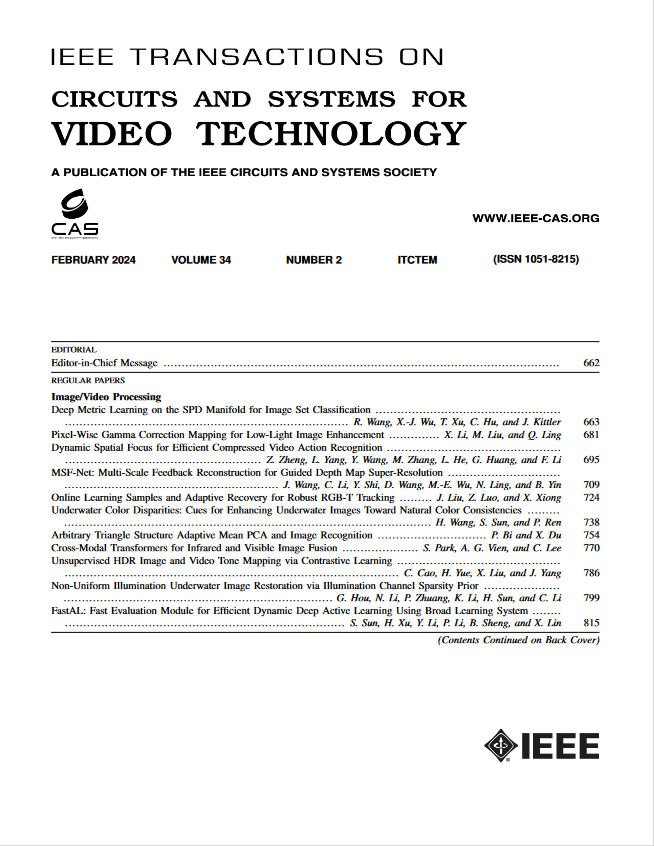基于等价的无监督点云配准马尔可夫决策过程
IF 8.3
1区 工程技术
Q1 ENGINEERING, ELECTRICAL & ELECTRONIC
IEEE Transactions on Circuits and Systems for Video Technology
Pub Date : 2024-12-09
DOI:10.1109/TCSVT.2024.3512858
引用次数: 0
摘要
无监督点云配准是三维计算机视觉中的关键问题。然而,大多数无监督方法都难以构建有效的优化目标和可靠的无监督信号来增强模型的性能。为了解决这些问题,通过观察配准过程和马尔可夫决策过程(MDP)之间的显著一致性,我们将点云配准建模为MDP,通过奖励可以提供更可靠的无监督信号。提出了一种基于彩色噪声的交叉熵方法,将彩色噪声引入到采样过程中,调节动作序列的功率谱密度,扩大搜索空间,提高配准效果。特别地,为了加强对MDP和变换空间训练的约束,我们利用等方差理论构造了变换等变约束作为新的优化目标,并推导了等变约束解进行优化,从而提供了更可靠的无监督信号。大量的实验证明了我们的方法在基准数据集上的优越性能。本文章由计算机程序翻译,如有差异,请以英文原文为准。
Equivariance-Based Markov Decision Process for Unsupervised Point Cloud Registration
Unsupervised point cloud registration is crucial in 3D computer vision. However, most unsupervised methods struggle to construct effective optimization objectives and reliable unsupervised signals to enhance the performance of the model. To address these issues, with the observation of the significant alignment between the registration process and the Markov Decision Process (MDP), we model point cloud registration as MDP, which can provide more reliable unsupervised signals through the reward. We propose a colored noise based cross-entropy method, which introduces colored noise into sampling process, regulating the power spectral density of the action sequence and expanding the search space, improving the registration effect. Particularly, to strengthen constraints on MDP and training in the transformation space, we utilize equivariance theory to construct transformation equivariant constraint as a new optimization objective and derive equivariant constraint solutions for optimization, providing more reliable unsupervised signals. Extensive experiments demonstrate the superior performance of our method on benchmark datasets.
求助全文
通过发布文献求助,成功后即可免费获取论文全文。
去求助
来源期刊
CiteScore
13.80
自引率
27.40%
发文量
660
审稿时长
5 months
期刊介绍:
The IEEE Transactions on Circuits and Systems for Video Technology (TCSVT) is dedicated to covering all aspects of video technologies from a circuits and systems perspective. We encourage submissions of general, theoretical, and application-oriented papers related to image and video acquisition, representation, presentation, and display. Additionally, we welcome contributions in areas such as processing, filtering, and transforms; analysis and synthesis; learning and understanding; compression, transmission, communication, and networking; as well as storage, retrieval, indexing, and search. Furthermore, papers focusing on hardware and software design and implementation are highly valued. Join us in advancing the field of video technology through innovative research and insights.

 求助内容:
求助内容: 应助结果提醒方式:
应助结果提醒方式:


